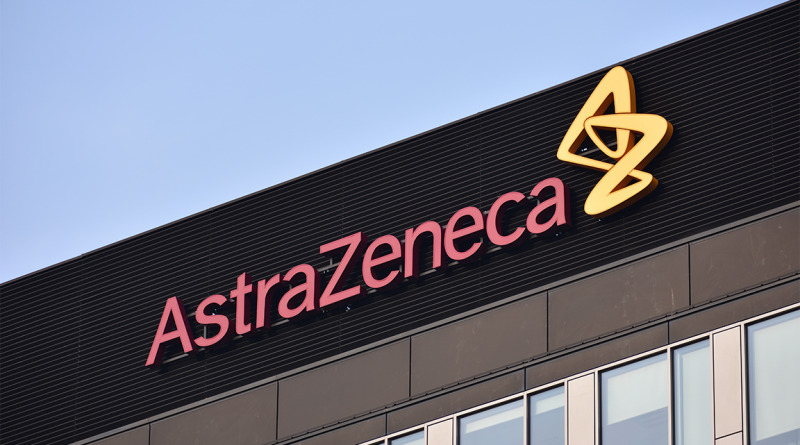Inside AstraZeneca’s Dual Supply Chain Approach
In the wake of the COVID-19 pandemic, AstraZeneca emerged as a pivotal player in the global health response, not only for its role in vaccine development but also for its innovative approach to supply chain management. The company’s decision to implement a dual supply chain strategy was a game-changer, ensuring that vaccine distribution could continue uninterrupted despite the numerous challenges posed by the pandemic.
AstraZeneca’s CEO, Pascal Soriot, has emphasized the importance of this dual supply chain in recent interviews, highlighting how it allowed the company to navigate through disruptions and meet global demand. This strategy was not only critical for the immediate crisis but also set a new standard for how pharmaceutical companies could manage their supply chains in a more resilient and flexible manner.
The Concept of Dual Supply Chains in the Pharmaceutical Industry
A dual supply chain involves maintaining two parallel supply networks, each capable of handling the production and distribution of goods independently. This approach was particularly effective for AstraZeneca during the COVID-19 crisis, where supply chain disruptions were common due to lockdowns, transport restrictions, and fluctuating raw material availability.
For AstraZeneca, the dual supply chain meant that if one network faced issues, the other could compensate, ensuring that vaccine production and distribution remained largely unaffected. This strategy was a stark contrast to the traditional single supply chain models, which proved vulnerable during the pandemic. By decentralizing production and distribution, AstraZeneca not only minimized risk but also improved its ability to respond quickly to changing global demands.
Other pharmaceutical companies have taken note of AstraZeneca’s success, with many now considering similar approaches. The dual supply chain model is becoming a key strategy in the industry, particularly as companies seek to build more resilience into their operations post-pandemic.
Steering Through Global Supply Chain Challenges
The success of AstraZeneca’s supply chain strategy can be attributed to strong leadership and a commitment to innovation. Under Pascal Soriot’s guidance, AstraZeneca made critical decisions early in the pandemic that set the stage for its dual supply chain model. These decisions included the diversification of manufacturing sites, partnerships with local producers in different regions, and investment in advanced logistics technologies.
Soriot’s leadership was marked by a focus on agility and speed, ensuring that the company could pivot quickly in response to supply chain disruptions. This was particularly evident in how AstraZeneca managed the distribution of its COVID-19 vaccine, balancing the need for rapid deployment with stringent quality control measures.
Innovation played a crucial role as well. AstraZeneca leveraged digital tools to monitor and manage its supply chains in real time, allowing for quick adjustments and proactive problem-solving. This use of technology not only enhanced the efficiency of their operations but also provided greater transparency across the supply chain, a critical factor in maintaining trust with governments and the public during the vaccine rollout.
The Future of Pharmaceutical Supply Chains
The pandemic has irrevocably changed the landscape of global pharmaceutical supply chains. AstraZeneca’s dual supply chain strategy is a clear indication of where the industry is heading—toward more resilient, flexible, and localized supply chains.
In the post-pandemic world, we can expect to see more companies adopting dual or multi-supply chain models. This approach will be particularly important as the industry faces new challenges, such as geopolitical tensions, climate change, and the ongoing evolution of global trade dynamics.
Furthermore, there is likely to be a greater emphasis on sustainability within these supply chains. As companies look to reduce their carbon footprint, localized production and distribution will become increasingly important. AstraZeneca has already made strides in this area by partnering with local manufacturers and investing in sustainable practices across its supply chains.
Digital transformation will also continue to play a key role. The use of AI and data analytics to predict and mitigate supply chain risks, as well as the implementation of blockchain for greater transparency, are trends that are set to define the future of pharmaceutical logistics.
Sources:
- Yahoo Finance: AstraZeneca CEO Talks Dual Supply Strategy
- Research on global pharmaceutical supply chains post-pandemic
- Analysis of leadership strategies in the pharmaceutical industry during COVID-19
